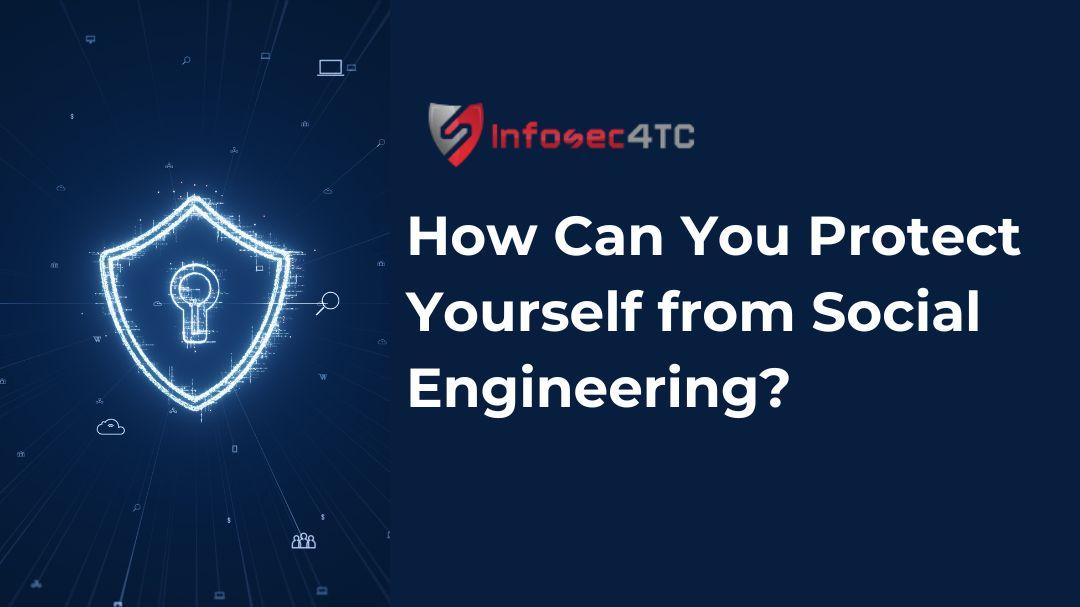Are you confident you can spot a social engineering scam from a mile away? Think again. Social engineering attacks are becoming more and more sophisticated, and even the most vigilant can fall prey to them.
The consequences of social engineering can be devastating, from identity theft and financial loss to damage to reputation and data breaches.
Today we have the most effective security measures to protect sensitive information, but the human element still needs to be stronger because people are susceptible to manipulation.
But you don’t have to worry, you can take a few actions to protect yourself from these malicious tactics. This post will explore practical tips and tricks to help you outsmart even the most cunning social engineers.

Common Social Engineering Attack Techniques
Baiting: As the name suggests, the baiting technique uses a false promise to incite human greed or curiosity. The bait can take many forms, such as a fake email or message from a trustworthy source, a website resembling a legitimate one, or even physical media like a USB drive containing malware. Choosing trusted cyber security services is the best way to protect yourself from social engineering, prevent cyber-attacks, and safeguard sensitive data.
Baiting aims to exploit people’s curiosity, trust, or desire for something to gain access to their personal or confidential information.
Scareware: Scareware is when the victim is bombarded with false alarms and fictitious threats. Through this technique, users are deceived into believing their computer has been infected with malware. And then, they are prompted to install software that serves no real purpose other than benefiting the scammer or contains malware.
This type of malicious software is also known as deception software and rogue scanner software.
Pretexting: In pretexting, attackers usually try to win the victim’s trust by impersonating co-workers, police, bank and tax officials, or other people with related information. Later pretext is asking questions to get the important data.
The attacker may even use information from social media or other sources to make the pretext more convincing.
Protect yourself from social engineering with the best cyber security courses online. InfoSec4TC courses can help you learn about cybersecurity fundamentals, ethical hacking, penetration testing, and more.
Phishing: It is one of the most popular social engineering attack types, and it may include small scams and email and text message campaigns that are designed to create a sense of urgency, curiosity, or fear in the victim. Such activities aim to encourage people to reveal sensitive information, click links to malicious websites, or open malware attachments.
You may also see a fake website that looks legitimate and prompts users to enter their login credentials or other sensitive information.
Social Engineering Prevention:

Being vigilant, you can protect yourself from most social engineering attacks in the digital world. Additionally, you can increase your vigilance against social engineering hacks by following these tips.
Be Wary of Unsolicited Communication: Be cautious if you receive a message or phone call from someone you don’t know, especially if they ask for personal information or access to your computer. Cybercriminals often use a sense of urgency or fear to get people to act quickly, so take a moment to verify the request’s legitimacy.
Think Before You Click: Phishing emails and websites can look very convincing, but they often contain subtle clues that they are fake. Before clicking on a link or downloading an attachment, please hover your mouse over the link to see where it goes, and check the sender’s email address to make sure it’s legitimate.
Use Strong Passwords: Passwords are often the first defense against social engineering attacks. Use a strong and unique password for each of your accounts, and avoid using personal information that could be easily guessed. You should consider using a password manager to help you create and remember complex passwords.
Ensure Your Software Is Up to Date: Cyber Criminals often take advantage of vulnerabilities in software to gain access to systems or data. Ensure that you keep your software, including your operating system, web browser, and anti-virus software, up to date with the recent security patches. You can take the help of with information systems security audit to perform such activities.
Educate Yourself and Others: Social engineering tactics are constantly evolving, so staying on top of the latest threats and how to prevent them is important. Please take advantage of resources like security blogs and newsletters, and share what you learn with your colleagues and family members to help them stay safe online.
The dangers of social engineering threats increase daily and have become one of the most significant cyber threats to businesses of all sizes. The key has the right defenses to prevent social engineering attacks.
Ultimately, the key to protecting yourself from social engineering is to remain aware, stay informed, and be cautious when interacting with unfamiliar people or organizations online.

